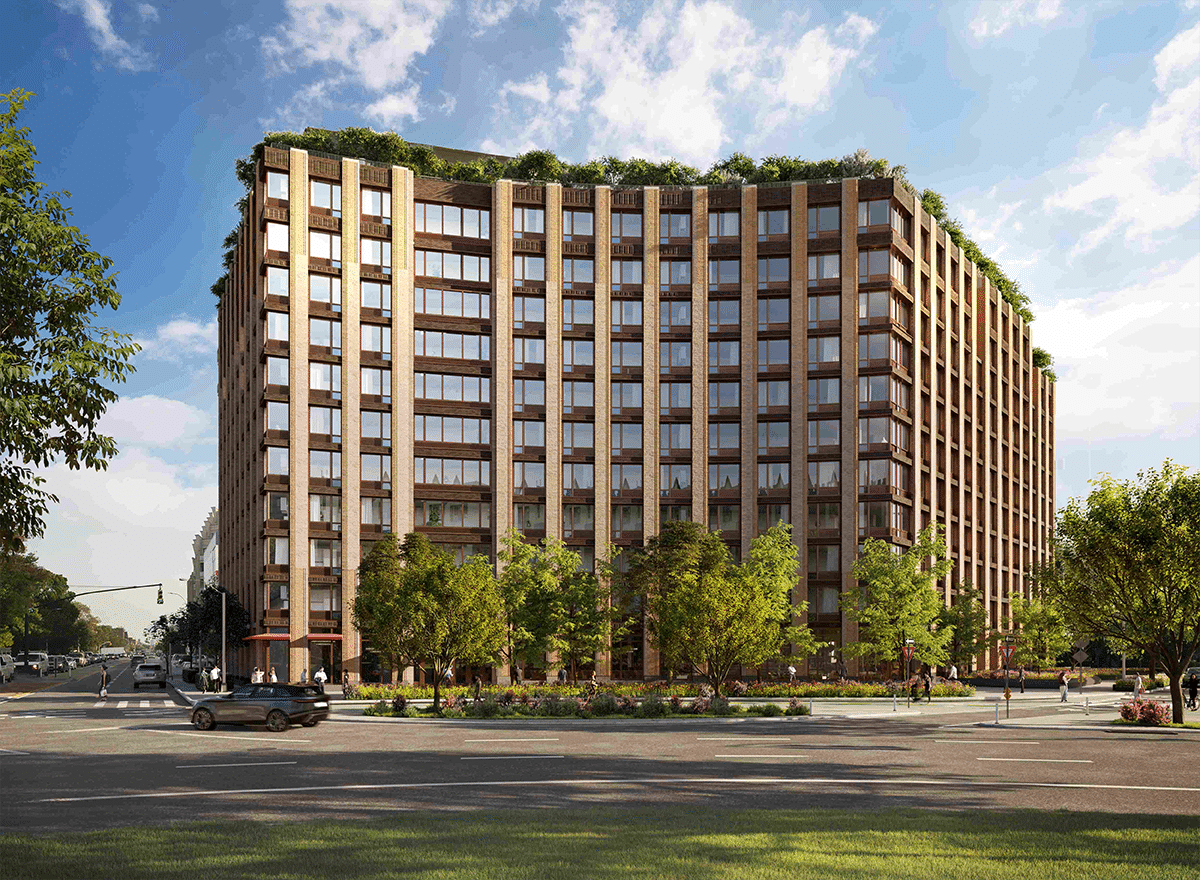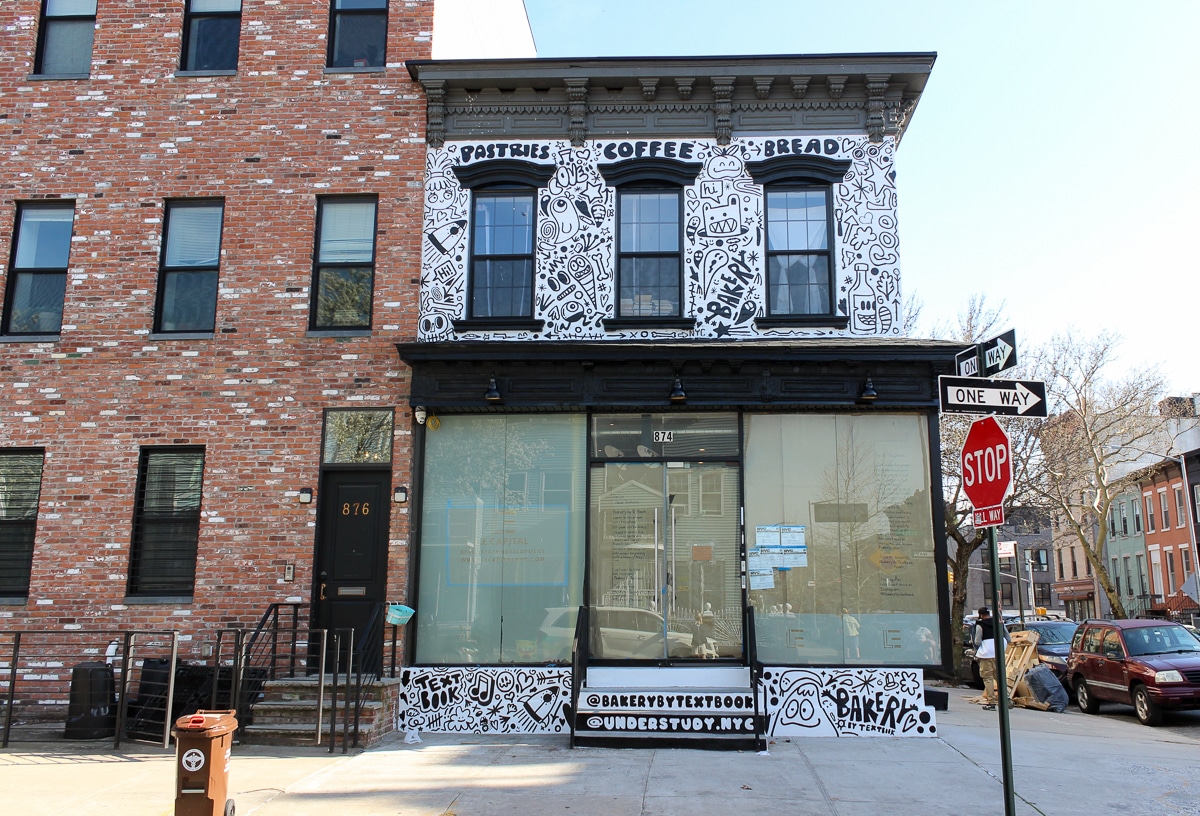Past and Present: 525-531 Gates Avenue, Where Have the Stores Gone?
A look at Brooklyn, then and now. I found this photograph recently, showing a group of storefronts on the ground floor of some handsome Bedford Stuyvesant flats buildings. It’s in the collections of the New York Historical Society, and dates from 1920. I find these slices of the past fascinating, as well as very often…

A look at Brooklyn, then and now.
I found this photograph recently, showing a group of storefronts on the ground floor of some handsome Bedford Stuyvesant flats buildings. It’s in the collections of the New York Historical Society, and dates from 1920. I find these slices of the past fascinating, as well as very often quite sad, as invariably, the past often looked a lot more aesthetically pleasing than the present.
This photograph is part of a large group of pictures taken by William D. Hassler, who lived from 1877 to 1921. For several years, he was employed as a photographer for Joseph P. Day, a large real estate auctioneer who conducted business in New York City and Pennsylvania. Hassler took hundreds of photographs of individual and groups of buildings for Day in the years between 1910 and 1921. Almost all of the photos show ordinary buildings, not fancy mansions or people. They are a fascinating look at some of the vanishing details of the city.
The three buildings shown are part of a larger group of five. They are four story buildings with storefronts and three apartments above. They were all built in 1884 for developer William H. Aldridge, and were designed by Robert Dixon, a familiar name in Bedford Stuyvesant architecture. They are all identical, rather plain, but elegant brick buildings, which cost Mr. Aldridge about $60,000 to build, as a group.
The group is on Gates between Marcy and Tompkins Avenue, and you don’t really expect to find storefronts on the side streets, but having five storefronts here must have been very convenient to nearby residents. Fortunately, the Historical Society website is equipped with a great zoom feature that doesn’t distort the picture and lots of great details show up when the ground floors are enlarged.
We can only see two of the storefronts and the corner of the awning of the third. All of the storefronts had two large display windows with three cornered bay picture windows with the entrance to the store in the middle. The doors to the stores, as well as the doors to the apartments upstairs were similar, with good sized transom windows above. The store on the far left, which was 525 Gates Avenue, was a poultry market, probably kosher. There must have been a sizable Jewish population in the area, as Hebrew script is on the signage, as well as English. There is advertising signage for some kind of event on the windows to the right of the door.
Next door is the establishment of John R. Lea, mason and plasterer. He did flagging, cementing, stonework and other stone and brick work. His store is interesting as it is obvious he was supplementing his masonry shop by also carrying various and sundry goods, such as newspapers and magazines. There are all kinds of notices and advertising, perhaps photographs of his work, in the windows, as well. We can’t see the third store, but we can just glimpse a child standing under the swag of the awning.
These kinds of stores and establishments helped make any community a vital place. They are all a part of what Jane Jacobs and later urbanists would praise as helping to establish and sustain vibrant neighborhoods, where local people could walk to find the goods and services they needed. In the case of this group, they are now all gone.
I don’t know when, but I’m guessing the storefronts were removed during the 60s or 70s, maybe a bit earlier. Perhaps the stores were boarded up or not profitable enough, perhaps the buildings’ owners deemed it more prudent and profitable to have another floor of apartments, instead of storefronts. This was the worst time for Bedford Stuyvesant and other urban neighborhoods, at the bottom of the list in a broke city. The beautiful facades were rather inelegantly chopped off, cemented over, and converted into apartments. These are really nice buildings. Wouldn’t it be nice if someday the facades were restored? We’ve got the photograph.













Before looks much better